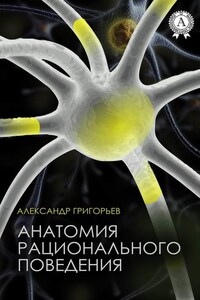
Социобиология человека. Эволюция без генов. Социальная (культурная) эволюция
Вид Homo sapiens, не выделяясь физическими качествами, занял доминирующее положение среди всех видов на планете. Важнейшими факторами, обусловившими превращение Homo sapiens в человека, являются разум и социализация, позволившие ему перейти с траектории биологической эволюции на траекторию культурной эволюции, где наследование осуществляется не генетическим путём, а репликаторами являются МЭМы.
| Жанры: | Общая биология, Прочая образовательная литература |
| Цикл: | Не является частью цикла |
| Год публикации: | Неизвестен |
Читать онлайн Социобиология человека. Эволюция без генов. Социальная (культурная) эволюция
Книга заблокирована.
Вам будет интересно











